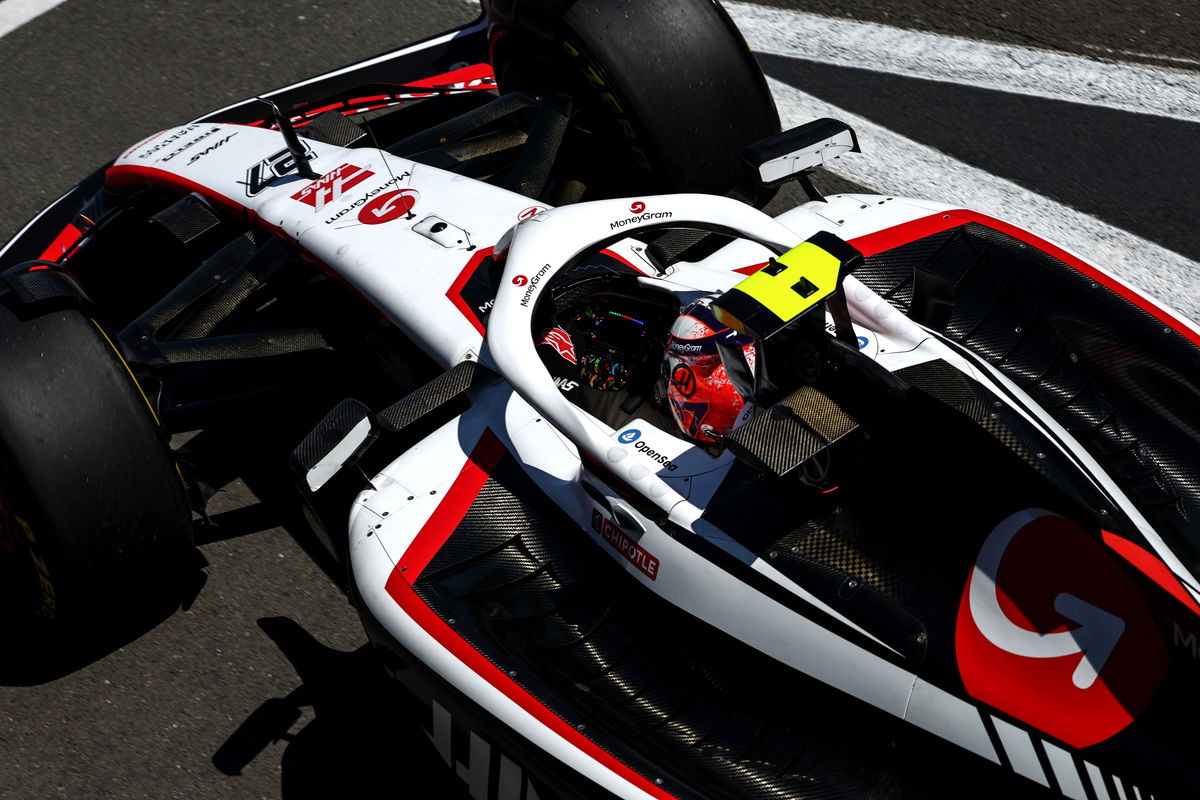

The development of a F1 car is a complicated endeavour with thousands of components all needing to fit together within incredible tolerances.
It’s an immense engineering feat done at breakneck speed in an effort to deliver performance above what anyone else can manage – all while staying within the regulations.
Throw into the mix a cost cap and the degree of difficulty is enormous.
For 2024, teams are somewhat fortunate in that regulations are set to remain stable. It means much of what they’re doing this year can be carried over.
The question, however, is exactly what to carry over, and what to change direction on.
“We try to carry over everything that doesn’t affect, primarily, the performance,” Simone Resta, Haas’ technical director, explained to Speedcafe.
“Normally the default is that you try to carry over everything that you can, and then you change only things where you can find some performance.
“It’s easy to say, but then it’s difficult to see on several thousands of components.
“But more or less, the idea is to try to save as much as possible from the current car so we can save the budget and we’ve got more margin on the car to develop more in season.”
That could see major elements of the 2023 car carried forward to the 2024 F1 season, including the monocoque.
There is no hard line in terms of when those decisions need to be made, though the earlier they’re done the greater the headroom for development.
The challenge is where to draw the line; what can be pursued this year that will carry over, versus what will give a performance gain this year but cannot be transferred.
Weighing up that balance is the responsibility of Resta.
“In the beginning of this work on the ’24 car, you start from the ’23 car and you start putting new ideas etcetera,” he said.
“The more the two cars differ in some of the areas, the more it will make it difficult to transfer a concept from one to the other.
“There is never a zero-one – it’s never black and white, it always depends.
“Maybe there will be things that we can learn on one car and then try to see if they react in the same way on the other car.
“Some things, they do not respond the same way.
“It’s something that we’ve got in mind when finding something to check if it works the same way, but also we are aware that the more we proceed in a certain way, the more difficult it will be to transfer things.”
Work on next year’s car is already well underway for all teams, with Alex Albon revealing he drive an early concept of Williams’ 2024 F1 car in the simulator back in April.
It means many of the decisions as to what is working and what has reached the end of its development path have largely been made.
The challenge then is formulating the plan for the development of the new car, with differing lead times and parts which are often dependent on others.
“There are big plans with all the components that you need to be released and defined by a certain date,” Resta said.
“It’s not just one day, there’s multiple numbers of days on the different components and, in some cases, there are a lot of cross-links between one and the other.
“Typically, on a new car on a certain year, for example, this year, you start working on the new car after the first race – so more or less one year before, something like that, maybe a bit later than that.
“You start with some assumptions and then you work on the assumptions.
“Of course, you can evolve them or change your mind, and so I suppose now is a time where we are starting to make those calls; what will we try to save, what will we try to change?
“Always the challenge for the guys, they’re working in the group, is to challenge ourselves, challenge our thinking, and see if there is merit to change over here, and change something if they find more performance.
“So till the last day, the last deadline on that component, you keep trying to understand if you made the right assumption.”





















Discussion about this post